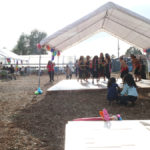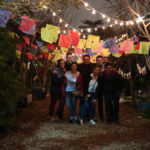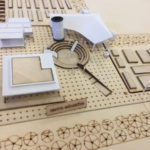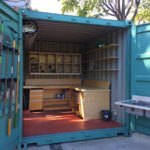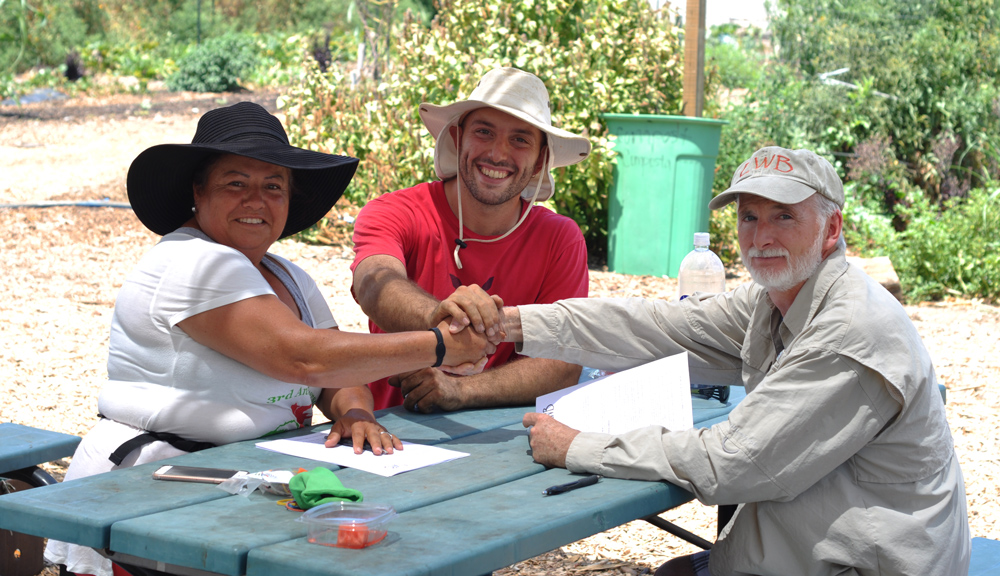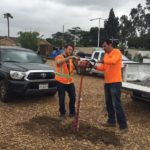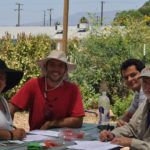On January 20, 2021, the City of Ontario voted to approve the Huerta del Valle educational center project for entitlements. We started the project as students at Cal Poly Pomona many years ago. This proves that with determination, anything is possible, inclusive of getting planning approval for a pro-bono project that defied planning norms. This moment serves to remind us of the role that architecture can have. Participatory design can empower communities and advance organizations working towards social change.
Parcels merged ✅
Zone changed ✅
Project is Entitled ✅
Thank you to Councilman Ruben Valencia for assisting with the project at a key moment, and to Fausto Reyes for being our champion at the City.
Thank you to Jerry Burke and Cash Sutton for countless hours of engineering work and Engineers Without Borders for sticking with this project for years.
Thank you to Chuck Mercier, Cathy Wahlstrom, and Rudy Zeledon of Ontario Planning.
Thank you to our friends who supported the project and helped fundraise for it in 2016, when we crowdsourced $18,000.
It took about 6-7 months to receive feedback from the corrections entitlement submission correcting the redlines. Items of importance were a right-of-way dedication, back-flow devices, separate water service, and fire extinguisher and street light upgrades. It was debated between the City departments who would cover the cost of the public improvements. The last corrections after we got the second set of redlines was separating the sewer and water service, pointing out that the existing back-flow was there.
The meeting went smoothly and was approved by motions from the department of planning and from the department of building over zoom teleconferencing. Moments leading up to the hearing, Arthur and Necils realized that the agenda provided an opportunity for submission of public comments, so we submitted the letters written by community members and the Inland Empire Resource Conservation District just before the 12:00PM deadline.
Ahead of the hearing, we sent chocolate gifts to the City to ask about the status of the project. Further, Fausto, the planning commissioner and landscape architect on the project, asked Rudy, the director of planning, for an update on the project. Shortly after, Charles Mercier, senior planner, sent us the last comments and we hastily assembled a submission with the revisions to the utility systems map and conceptual grading plan. The Ontario Municipal Utilities Commission had to provide the remaining clearances to get the project onto the agenda. It was up to the last day, and Maria went to the City to see the engineer in person to get the remaining clearance. After this, the project was finally confirmed to be on the agenda and was voted on a week later.




















